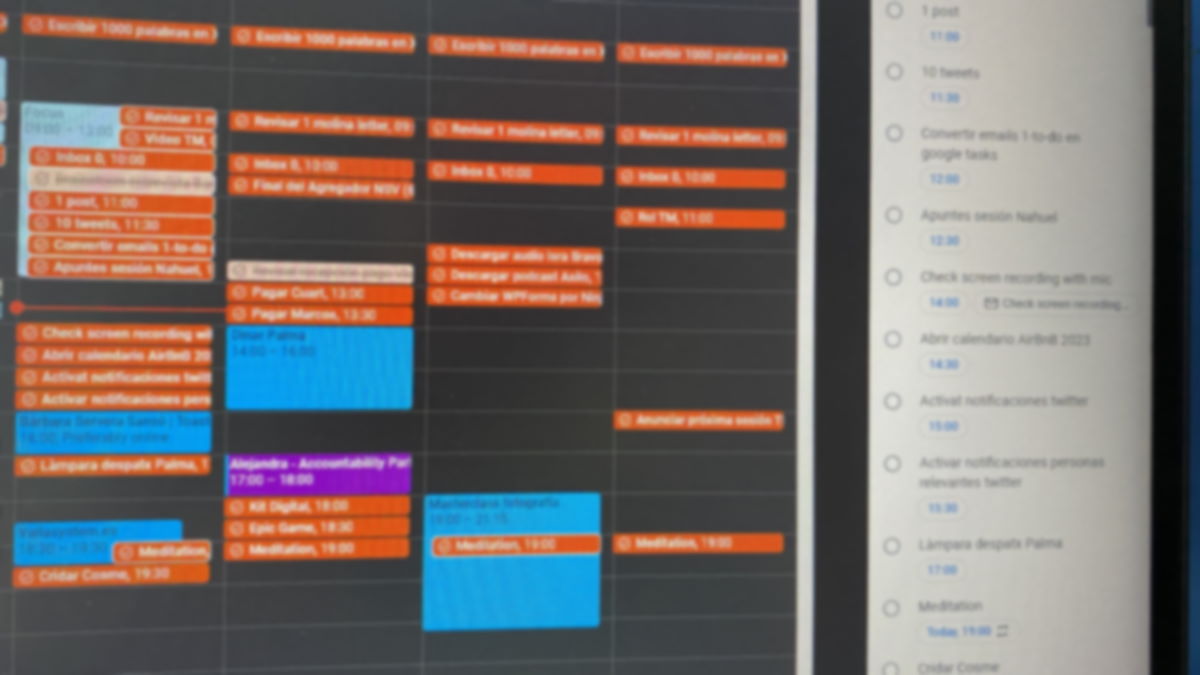Testing software is my daily bread.
Sometimes for my clients.
Sometimes for myself.
Sometimes just out of curiosity. To find out what’s on the market that can always give you ideas.
When you have the solution somewhere in the back of your mind, often the opportunity arises when you least expect it.
What would often go unnoticed as a comment, is suddenly a need or an unresolved problem.
Because suddenly the pieces fit together.
In any case, testing software is a time-consuming task.
And you have to be selective about what you test and how you test it and for how long you test it.
Unless you are just curious, the first essential step is to be very clear about what the customer needs.
Even if the customer is myself.
What is the customer’s need?
Can this solution fit into the customer’s operations?
And, not least, can the customer pay for this solution?
Without being clear about these three questions, it is a waste of time to invest in testing an application.
Because, no matter how easy the suppliers make it for us to test their product, we are going to put in the time.
It is normal for providers to give us access to the application for a period of time or within certain limits, free of charge.
These “trials” that they offer us.
But the effort we will have to make to verify if the product fits is something we will have to put in ourselves.
A second crucial factor to consider is what happens to the information we upload to the system.
No, I am not talking about legal issues of confidentiality.
I am talking about what happens to the information that we are going to load into the system during the test that is relevant to us and that we need in order to continue with our operations.
For example, I am going to test a productivity tool.
I am addicted to testing all productivity tools.
In fact, I am sometimes unproductive because of the time I spend testing productivity tools.
Anyway, for a few weeks I’m going to try out a brand new tool that promises to organise my schedule with sophisticated artificial intelligence.
Then during that time I will load the tasks that come to me into this new system.
And I will see how well the tool works.
What will happen if I decide in two weeks’ time that the artificial intelligence is not as smart as it was sold to me?
I will suddenly find that I have two weeks of tasks that are not in my usual tool.
They are in the new tool.
How can I still get back to my normal life after those two weeks?
Can I easily export that information to load it into my usual system?
Because if this is not possible then I will have to manually re-enter all the tasks of the not-so-artificial-intelligence system into my usual system.
We need to think carefully before we start testing new software.
Know what we want it for.
Know what effort the test will require.
Know what effort it will require if we decide in the end not to use it.
Think carefully about the hidden costs of a free trial.
